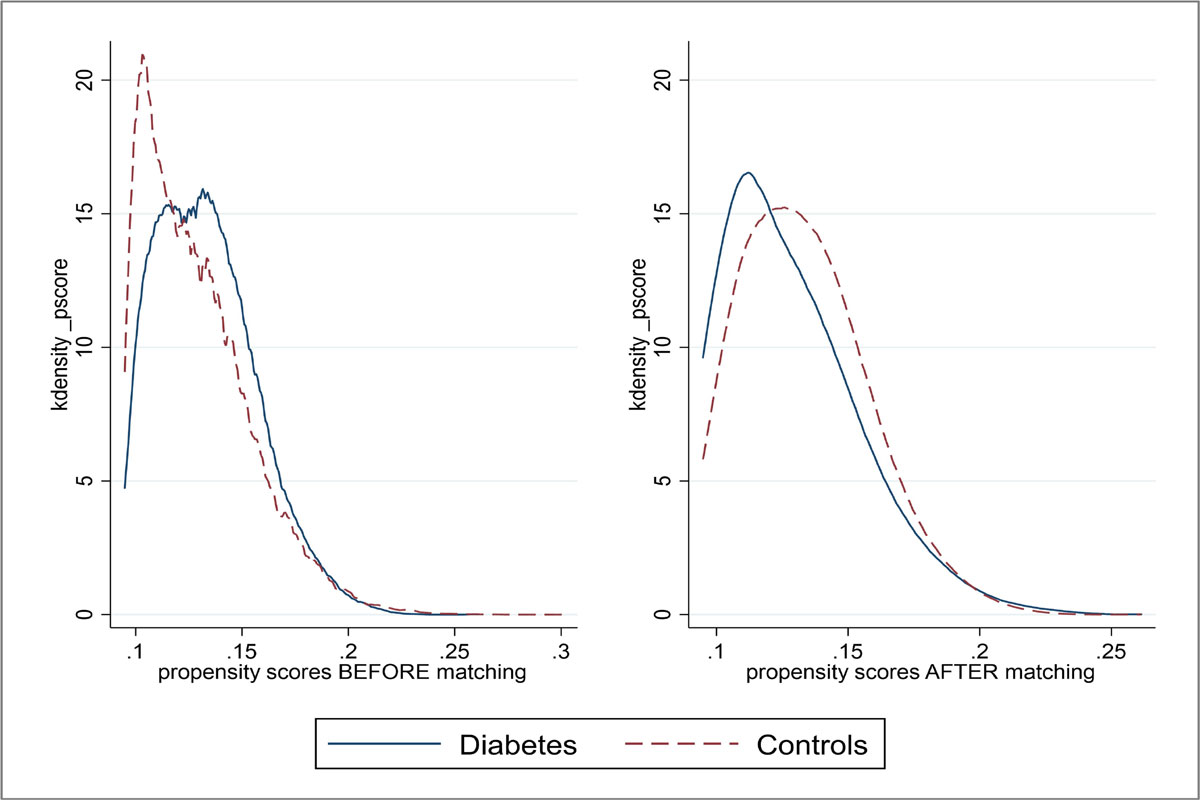Introduction
Vision impairments pose a substantial burden on global public health, impacting numerous individuals across the globe. This burden is particularly pronounced among older adults [1], a population at increased risk of both visual impairment and chronic conditions such as diabetes (DM). Diabetes-associated eye diseases, such as diabetic retinopathy, cataract, and glaucoma, stand as prominent factors contributing to visual impairment and loss of vision within this particular population [2,3]. Globally, the prevalence of vision problems in the aging population has been escalating [4], mirroring the trends seen in the rising rates of diabetes. World Health Organization (WHO) has stated that diabetes affects more than 422 million individuals across the globe [5], with the majority residing in low- and middle-income countries (LMICs). Diabetic retinopathy alone is estimated to affect approximately one-third of diabetic individuals [6], making it one of the primary reasons for preventable visual impairment in individuals of working age. In India, the scenario is particularly concerning due to the dual burden of a rapidly aging population [7] and an escalating diabetes epidemic [8]. About 17% of the individuals with diabetes have been found to have diabetic retinopathy as per a national survey in 2015-2019 [9].
Risk factors for vision problems in older adults with diabetes are multifaceted, encompassing both modifiable and non-modifiable elements. Key risk factors include the duration of diabetes, inadequate management of blood sugar levels, high blood pressure, abnormal levels of lipids in the blood, and tobacco use [10,11]. Additionally, genetic predispositions and environmental factors also play critical roles in the development and progression of diabetes-related eye diseases [12,13]. Identifying and understanding these determinants are crucial for the early detection and management of vision problems in this vulnerable population.
Evidence from systematic reviews and meta-analyses further highlights the significant association between diabetes and the risk of developing vision problems [14]. Intensive glycaemic control and management of blood pressure and lipids can significantly reduce the risk of diabetic retinopathy and other vision impairments [15,16]. Furthermore, research has also shed light on the socioeconomic impacts of vision impairment, including decreased independence, reduced quality of life, and increased healthcare costs [17,18]. These findings emphasize the need for comprehensive eye care services as part of diabetes management programs, particularly for older adults.
This study examines the prevalence and determinants of vision problems among older adults with diabetes in India, using data from the Longitudinal Ageing Study in India (2017-18). The research addresses a significant gap by focusing on community-dwelling individuals, unlike previous hospital-based studies. As diabetes and its complications, including vision impairment, increase with the aging global and Indian populations, understanding these issues within the Indian context is essential for creating effective, culturally, and resource-appropriate interventions. This work seeks to offer insights for policy, healthcare planning, and community interventions to alleviate vision problems among this demographic, both in India and globally.
Methods
Study design and data source
This research made use of data derived from the Longitudinal Aging Study in India (LASI) Wave 1, a nationally representative survey conducted in 2017-2018. LASI represents a collaborative initiative involving the International Institute for Population Sciences (IIPS), Harvard T.H. Chan School of Public Health, University of Southern California, and the National Institute on Aging (NIA), which aims to provide comprehensive information on the health and well-being of India's aging population.
Analytic sample
The sample for this study consisted of 66606 older adults aged 45 years and above who participated in LASI Wave 1. Individuals with diabetes were specifically identified within this sample for the analysis. The survey employed a multistage stratified sample design to ensure national representation. It covered all Indian states and union territories, both in urban and rural areas.

